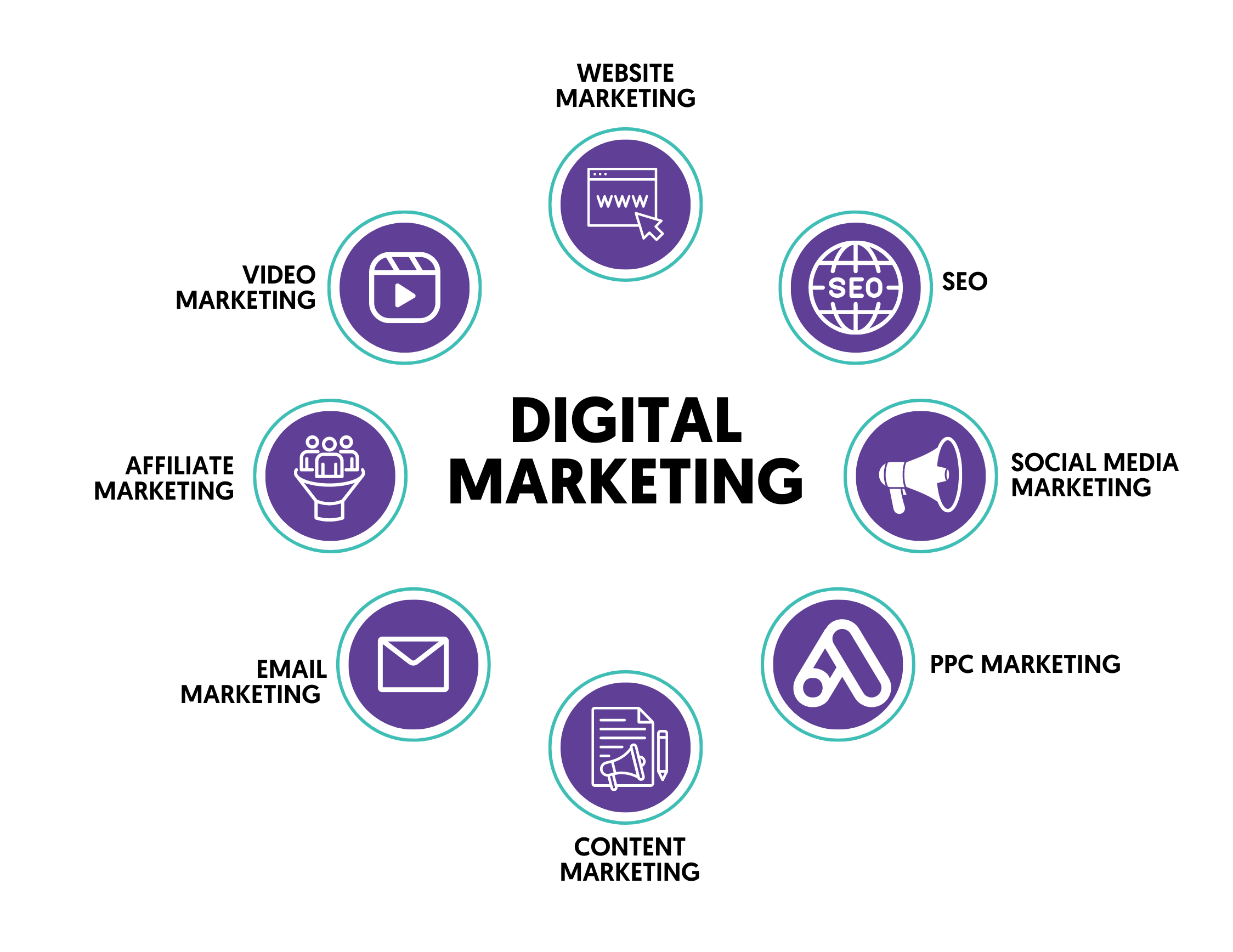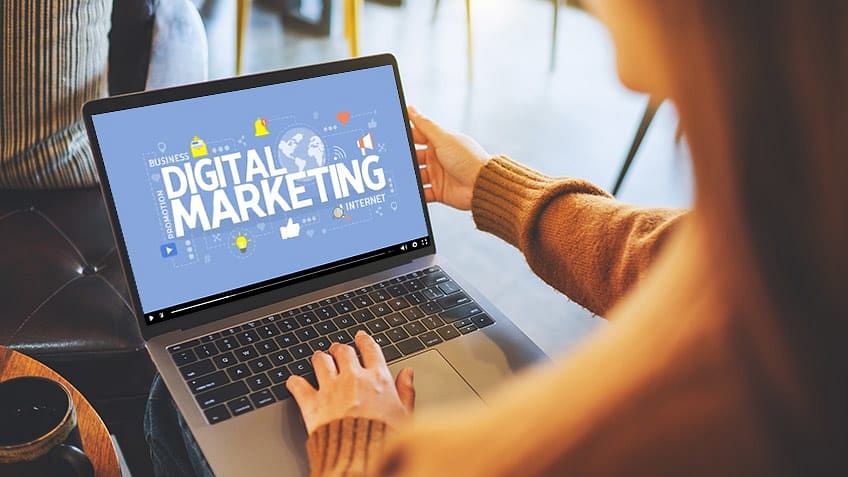Enhance Customer Experience and Drive Website Traffic With Receptive Website Design
In today's electronic landscape, where users are accessing websites from a plethora of gadgets, responsive internet design has actually ended up being more vital than ever. With its ability to adjust and seamlessly readjust to different display sizes, receptive design not just enhances customer experience however additionally drives web traffic to your website.
Why Receptive Web Style Issues
Responsive internet design is a crucial element of modern-day internet development because of its ability to make sure optimum individual experience throughout various tools and screen sizes. With the spreading of mobile phones, tablet computers, and other mobile phones, it has actually become vital for websites to adjust and give seamless functionality no matter the tool being used.
The main factor why responsive web style issues is that it allows users to have a pleasurable and constant surfing experience, no matter the device they are utilizing. A receptive internet site automatically changes its format, design, and content aspects to fit the screen size and resolution of the gadget, making sure that customers can conveniently browse and connect with the website with no hassle or disappointment.
Additionally, receptive internet style likewise plays a considerable function in search engine optimization (SEO) Search engines, such as Google, prioritize websites that are mobile-friendly and responsive in their search engine result. By including receptive style principles, websites can improve their presence and position, causing boosted organic traffic and possible consumers.

Boosting Individual Involvement Through Responsive Style
Maximizing customer engagement is an essential objective of receptive layout, as it ensures that individuals can quickly accessibility and connect with website content on any type of gadget. With the raising use of tablet computers and smart devices, it is crucial for sites to adapt to different screen sizes and resolutions. Responsive design enables sites to immediately change their design and material to offer a seamless individual experience across gadgets.
One of the main ways responsive design boosts user engagement is by reducing lots times. With a receptive internet site, customers do not have to wait for separate mobile variations to lots, leading to quicker access to content. This better rate causes higher user satisfaction and encourages them to invest more time on the site.
Additionally, receptive style enhances customer involvement by enhancing navigation and customer interface (seo Carlsbad). When a web site is developed responsively, menus and switches are enhanced for touch interactions, making it less complicated for individuals to navigate and connect with the website on their mobile devices. This instinctive and easy to use experience keeps customers engaged and urges them to check out even more of the site
Furthermore, receptive design permits better material visibility and readability. By adjusting the layout and font dimensions to various gadgets, receptive sites make certain that users can quickly understand the material and review. This improves individual involvement by decreasing the demand for scrolling or zooming to read the text.
Increasing Website Web Traffic With Responsive Website Design
With the expanding appeal of mobile phones, having a website that is responsive to different screen sizes and resolutions is vital for driving boosted website traffic. In today's electronic landscape, customers are accessing internet sites from a selection of tools such as smart devices, tablet computers, and desktop computer computer systems. Each of these gadgets has various screen sizes and resolutions, and if your site is not developed to adapt to these variations, it can lead to an inadequate customer experience and a loss of possible web traffic.
Receptive website design ensures that your website looks and operates ideally throughout all devices. By utilizing flexible grids, fluid images, and media questions, receptive style enables your internet site to instantly change its design, navigation, and web content to fit any type of screen dimension. This implies that users will certainly have a seamless surfing experience despite whether they are making use of a large desktop computer or a small mobile phone computer.
Crucial Element of Reliable Responsive Layout
Efficient receptive design incorporates a number of vital elements that make sure a smooth customer experience across different gadgets. This enables web content to be displayed in a legible and aesthetically appealing manner on any type of gadget.
One more vital component is media queries. These allow designers to apply different styles and designs based upon the features of the customer's tool, such as display dimension and alignment. By using media queries, designers can optimize the presentation of content for each device, guaranteeing that it is quickly available and understandable.
Responsive images are also crucial in effective receptive layout. Photos that are as well big can decrease page load times on mobile devices, while photos that are also little may appear pixelated on bigger displays. read review By using techniques such as receptive photo resizing and careless loading, designers can ensure that images are suitably sized and maximized for every device.
Lastly, reliable receptive design involves a mobile-first strategy. This indicates creating and prioritizing material for mobile devices initially, and after that enhancing the layout and broadening for larger screens. This approach ensures that one of the most crucial content is conveniently available on smaller sized displays, while still supplying a rich experience on bigger devices.
Ideal Practices for Executing Responsive Internet Design
Carrying out responsive website design calls for careful factor to consider of various ideal practices to make certain an optimal customer experience across various devices. When executing receptive web style., below are some key finest techniques to follow.
To start with, it is crucial to focus on mobile customers. With the increasing supremacy of smart phones, developing for mobile-first has actually come to be important. Begin deliberately for smaller screens and after that considerably enhance the layout for larger displays.

Another vital finest technique is to optimize photos for different display resolutions. Large pictures can reduce down the packing time of your website, particularly on mobile phones with slower connections. Usage responsive pictures that can be resized based on the gadget's display resolution to improve performance.
In addition, test your web site on different gadgets and display sizes to guarantee a seamless and regular experience. There are various testing devices offered that can assist you recognize any problems and make necessary modifications.
Last but not least, prioritize use and availability. Make certain that your website is simple to browse, with clear and succinct material. See to it that your internet site comes to people with specials needs and adheres to accessibility guidelines.
Final Thought
In verdict, receptive website design plays an important function in improving customer experience and driving website traffic to websites. By adopting responsive design principles, websites can guarantee ideal seeing experiences across different gadgets, causing boosted individual interaction (The Ad Firm digital marketing). Receptive layout can likewise contribute to higher internet site web traffic as it enhances search engine rankings and facilitates very easy sharing of web content. Services should concentrate on executing the key components and finest practices of receptive design to properly satisfy the demands of contemporary users.
Maximizing individual involvement is an essential objective of receptive design, as it makes sure that users can quickly accessibility and communicate with site material on any type of device. Receptive style makes it possible for This Site web sites to automatically adjust their layout and web content to give a seamless individual experience throughout tools.
Additionally, receptive layout boosts user interaction by enhancing navigating and customer interface.Responsive images are likewise critical in effective responsive design. By embracing receptive layout concepts, internet sites can ensure optimal checking out experiences throughout various devices, leading to increased user interaction.